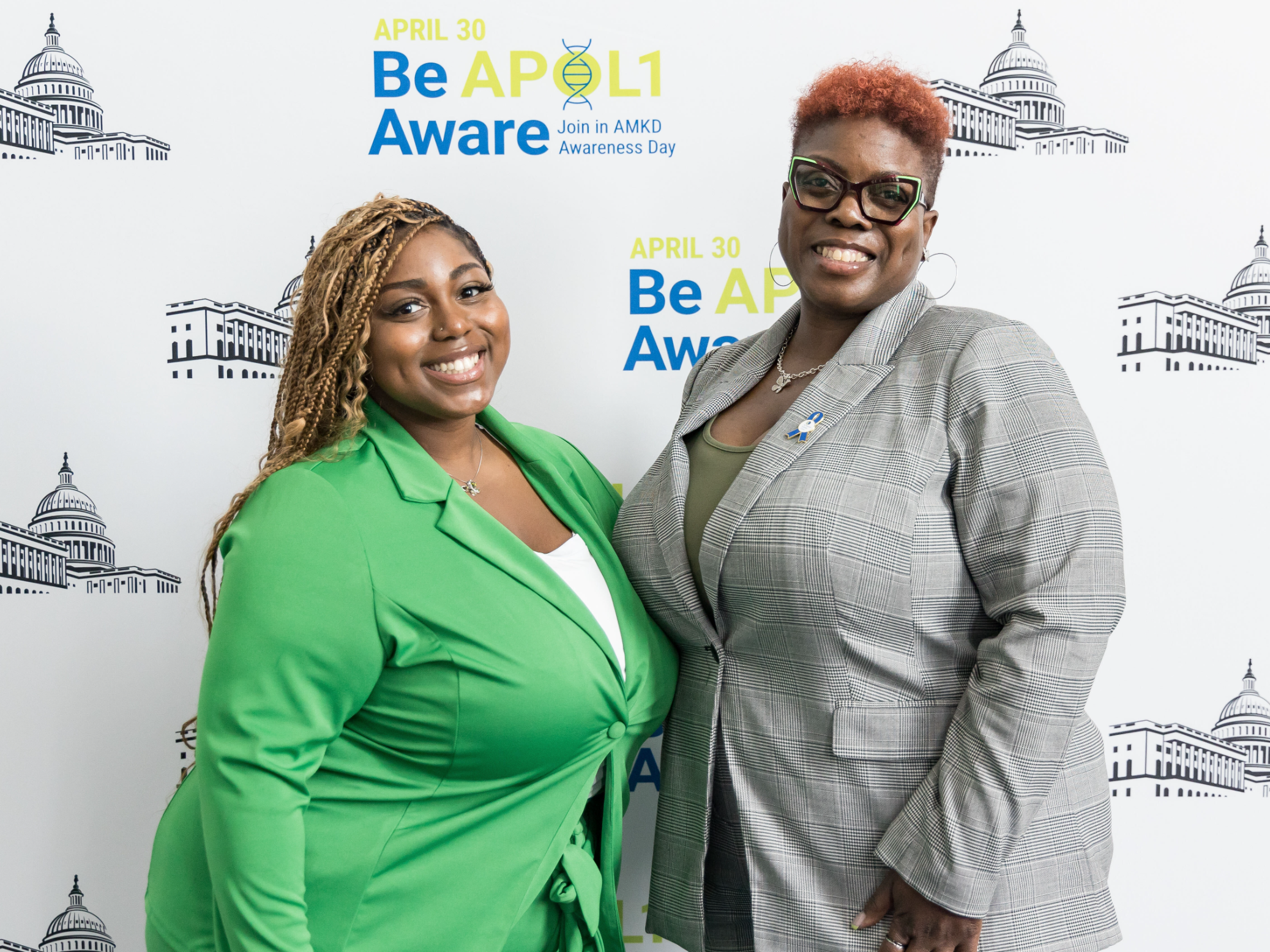
With new reports coming out that include the Surgeon General’s Advisory of the harm social media is to children and adolescents to the CDC’s latest findings that teen girls are experiencing record levels of sadness and suicide risk, and that there has been an increase in suicide attempts for Black youth, it’s clear that our kids are not doing well when it comes to their mental health. In addition to ensuring that they’re succeeding in school, eating right and physically healthy, in this day and age, as suicide rates of youth increased during the COVID-19 pandemic, it’s more important than ever that parents prioritize the mental health of their kids as well.
“We know that prior to the pandemic, 1 and 5 children suffered from a mental health disorder, indicating that there was a mental health crisis even then – but certainly since the pandemic we have seen rates of sadness and anxiety increase, especially for teens who suffered the most during the pandemic,” says Janine Domingues, PhD of the Child Mind Institute. “The pandemic led to social isolation during a critical developmental time period for teens – and we know that social isolation is a risk factor for depression. We also know that teen girls are more vulnerable to negative mental health outcomes related to social media, including cyberbullying and negative body image.” Our youth, especially our teens, need our help – and the good news is that we know that mental health disorders are real, common, and treatable – there is hope and it requires on-going conversation, decreasing stigma, and increasing access to care.”
Thankfully, conversations about mental health are more prevalent and welcomed than they’ve ever been. If you were a teen growing up before the advent of social media suffering with your emotional wellbeing, there’s a chance that you struggled to talk about it — with anyone. Therapy wasn’t something widely made use of prior to this time, especially not for youth of color, and talking about mental health struggles with your peers also wasn’t that common. And projects centering stories of those grappling with it often featured characters that seemed like they were only spiraling (Prozac Nation, Girl, Interrupted), which didn’t necessarily help. So coping as best as you could on your own was often the only remedy. That is no longer the way things are.
“Our youth, especially our teens, need our help – and the good news is that we know that mental health disorders are real, common, and treatable – there is hope and it requires on-going conversation, decreasing stigma, and increasing access to care,” says Domingues.
In regard to on-going conversations, experts like marriage and family therapist Nina Westbrook, creator of Bene by Nina, which offers resources to cultivate wellness, say they’re crucial to helping a child receive support and in turn, treatment when necessary.
“Young people are getting more support with their social, psychological and emotional needs,” she says. “There are positive tools and resources out there but there’s so much negative.”
“It’s important to remove the stigma attached to talking about mental health because, if we don’t, people will continue to suffer in silence and will remain afraid to ask for help when needed,” she adds. “The fear of being vulnerable prevents us from being able to deepen our connections with others and that leads to more isolation. Being vulnerable with one another is essential; it makes us more comfortable and shows us that we can relate to others as we connect on a deeper level through shared experiences.”
While there are some young people who may feel comfortable going to their parents when they don’t feel good mentally, there are others who may still keep what they’re suffering with to themselves. It’s important for parents to model openness about wellbeing so that children can do the same.
“Unless your child is living with an ongoing mental health disorder such as major depressive disorder, it’s good to watch out for sudden and unexplained changes, like a lack of interest in activities, people or things they used to enjoy, isolating behaviors, sleep disturbances, or a change in appetite,” Westbrook states. “But it’s best to start conversations around mental health early and before you see a reason to be concerned. The more open you are about what you’re feeling and the challenges you might be navigating, the more likely they are to open up as well. When you model healthy behaviors, they learn what it looks like to go through tough times, how to talk through them and how to ask for help.”
“Remember to keep the dialogue open and be sure to really listen, even though you may not feel as though you know exactly what to say. Stay open-minded, validate their feelings and emotions and invite conversation,” she adds. “Don’t be judgmental and don’t immediately try to fix the issue. Create a space where they feel good enough and comfortable enough to come to you with their problems.”
And if you’re looking for direction as to the best conversations to have regularly that help them open up and know you’re a safe space, both experts say you should genuinely show interest in how they’re doing in the everyday. Consistent support can go a long way in helping your child feel seen and heard, which is incredibly important.







“Make time for daily check-ins not only about what they’ve done but more importantly how they’re feeling,” says Domingues. “Take advantage of opportunities like commuting to school when you’re together to have these check-ins. When your child is going through something stressful, to help them cope, start by normalizing, labeling, validating, modeling, and supporting their sharing of feelings while letting them know there is a variety of ways of getting through it together.”
“For our family, check-ins are a daily occurrence,” says Westbrook, a mother of three young children she shares with NBA star Russell Westbrook. “At our table during dinner or breakfast, we go through the high points of our days and talk about things that we didn’t enjoy, things we did that made us feel proud, and experiences that left us feeling sad or hurt. My children then ask me those questions in return, opening up the conversation and serving as great practice for the future.”
She adds, “By addressing feelings and mental well-being on a daily basis, your children will have the tools and experience to come to you when they are facing something bigger, as opposed to feeling alone and afraid.”










